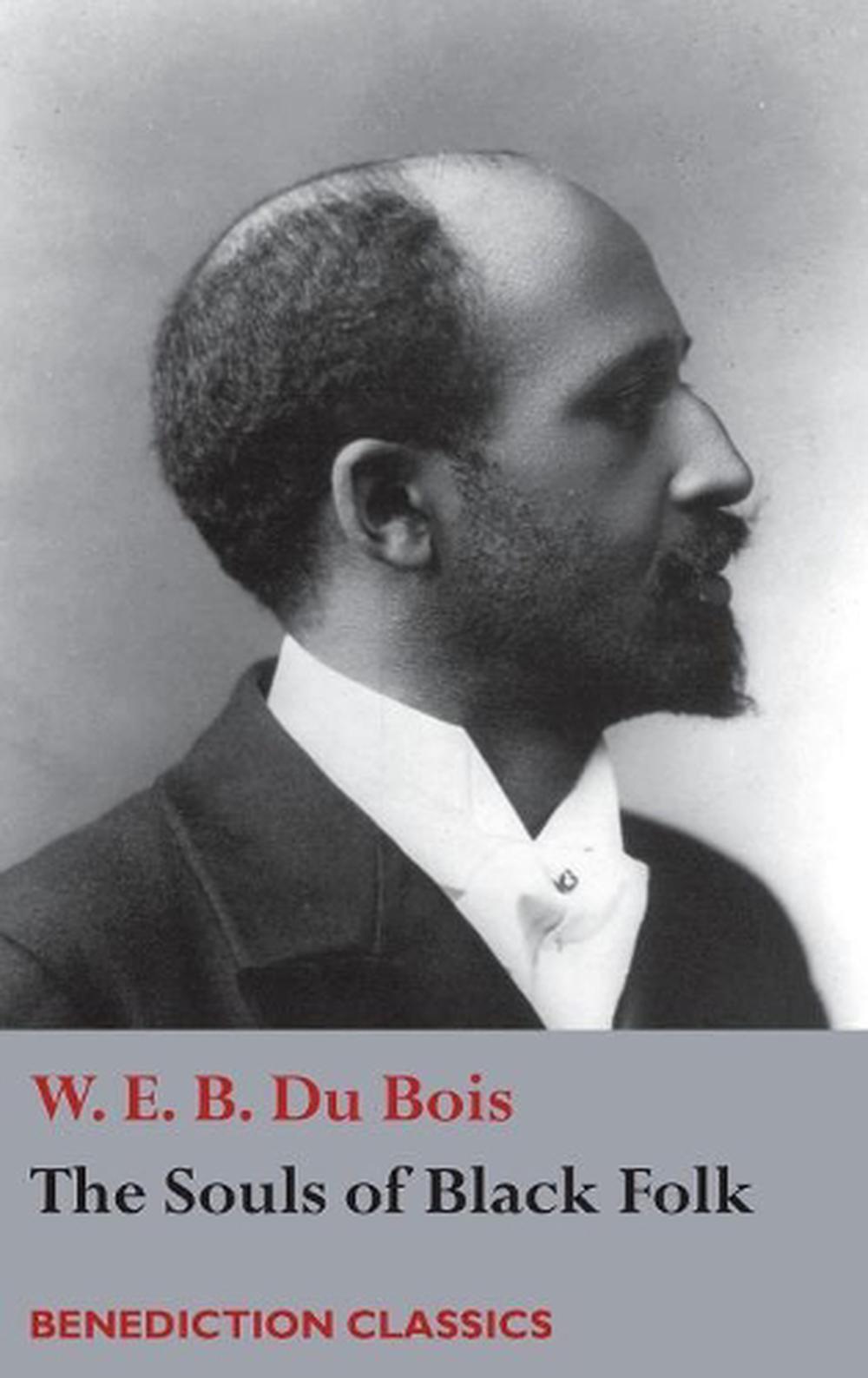

Yet for the most part the speakers – gathered from Harvard and beyond – yielded their own research or viewpoints on Du Bois’ “The Souls of Black Folk” to Du Bois’ words, which rang loud.

Du Bois Institute for Afro-American Research celebrated the centennial of the landmark work by the institute’s namesake. The intellectual firepower in the Memorial Church Friday (April 25) was formidable as the W.E.B. This beautifully illustrated book vividly conveys the continuing legacy of The Souls of Black Folk, effectively updating it for the era of the 1619 Project and Black Lives Matter.Singer and former assistant dean and director of academic affairs at GSD Lawrence Watson performed ‘Nobody Knows the Trouble I’ve Seen,’ ‘Steal Away Home,’ and other ‘sorrow songs’ from ‘The Souls of Black Folk.’ (Photo by Andrea Fischman) Washington, the advocate of black economic uplift, and the Pan-Africanist minister Alexander Crummell. Readers will get a deeper understanding of the cultural debates The Souls of Black Folk engaged in, with more background on figures like Booker T. Peart-Smith’s graphic adaptation provides historical and cultural contexts that bring to life the world behind Du Bois’s words. Now artist Paul Peart-Smith offers the first graphic adaptation of Du Bois’s seminal work.


Yet he also argued for the value of African American cultural traditions and provided inspiration for countless civil rights leaders who followed him. The preeminent Black intellectual of his generation, Du Bois wrote about the trauma of seeing the Reconstruction era’s promise of racial equality cruelly dashed by the rise of white supremacist terror and Jim Crow laws. Du Bois’s influential 1903 book The Souls of Black Folk. “The problem of the twentieth century is the problem of the color line.” These were the prescient words of W.


 0 kommentar(er)
0 kommentar(er)
